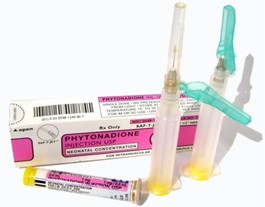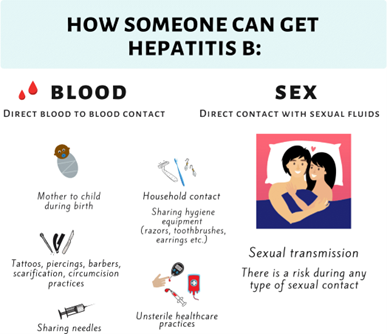A client with blood type AB negative delivers a newborn with blood type A positive. The cord blood reveals a positive indirect Coombs' test. What is the implication of this finding?
The newborn is infected with an infectious blood-borne disease.
The mother no longer needs Rho (D) immune globulin injections.
The mother's Rh antibodies are present in the neonatal serum.
The newborn needs phototherapy for physiologic jaundice.
The Correct Answer is C
A positive indirect Coombs' test indicates that the mother has developed Rh antibodies against the baby's Rh-positive blood. This finding can result in hemolytic disease of the newborn, which is a condition in which the mother's Rh antibodies atack the baby's red blood cells, causing destruction and potential anemia.
The baby may require phototherapy for physiologic jaundice, but the Coombs' test result indicates a different issue.
The presence of an infectious blood-borne disease cannot be determined from this test.
The mother may still need Rho (D) immune globulin injections after delivery of an Rh-positive baby.

Nursing Test Bank
Naxlex Comprehensive Predictor Exams
Related Questions
Correct Answer is D
Explanation
The best response for the PN to provide is that **an immunization may be administered for hepatitis B, and a consent form must be signed**. Phytonadione is a form of vitamin K that is given to newborns to prevent vitamin K deficiency bleeding (VKDB)¹. Vitamin K should be administered to all newborn infants weighing>1500 g as a single, intramuscular dose of 1 mg within 6 hours of birth¹. However, this is not the only injection your baby may receive while in the newborn nursery. An immunization for hepatitis B may also be administered before you can go home⁴.


Correct Answer is D
Explanation
An increasing trend in maternal heart rate is a sign of fetal distress, which can be a serious complication of PROM. One of the primary interventions for fetal distress is to increase oxygen delivery to the fetus. The practical nurse should initiate oxygen via face mask at 8 to 10 L/min to improve fetal oxygenation.
Contact precautions may be necessary for certain conditions, but they are not indicated for an increasing maternal heart rate.
Inserting a urinary catheter may be appropriate for monitoring output, but it is not the first priority in this situation.
Encouraging the client to push is not appropriate because the client is not in active labor and pushing can cause further complications.

Whether you are a student looking to ace your exams or a practicing nurse seeking to enhance your expertise , our nursing education contents will empower you with the confidence and competence to make a difference in the lives of patients and become a respected leader in the healthcare field.
Visit Naxlex, invest in your future and unlock endless possibilities with our unparalleled nursing education contents today
Report Wrong Answer on the Current Question
Do you disagree with the answer? If yes, what is your expected answer? Explain.
Kindly be descriptive with the issue you are facing.
